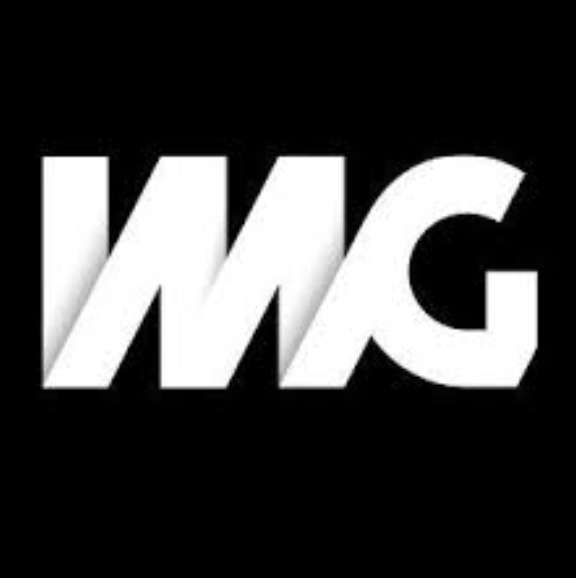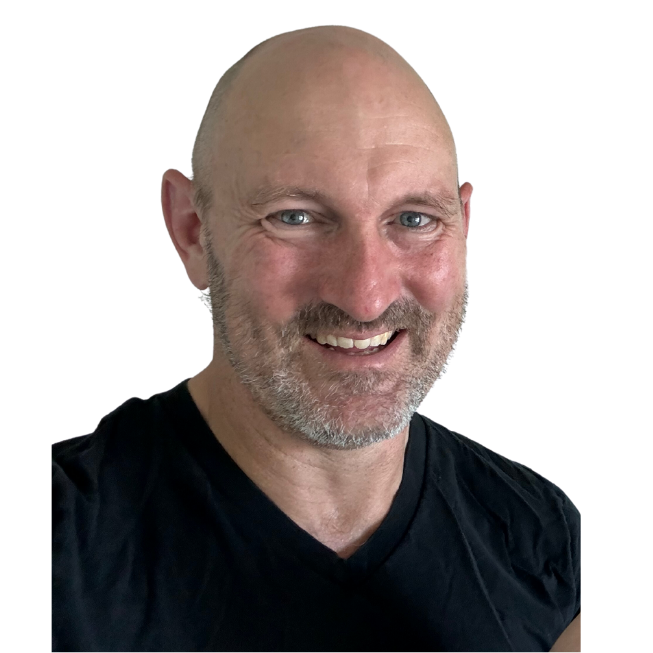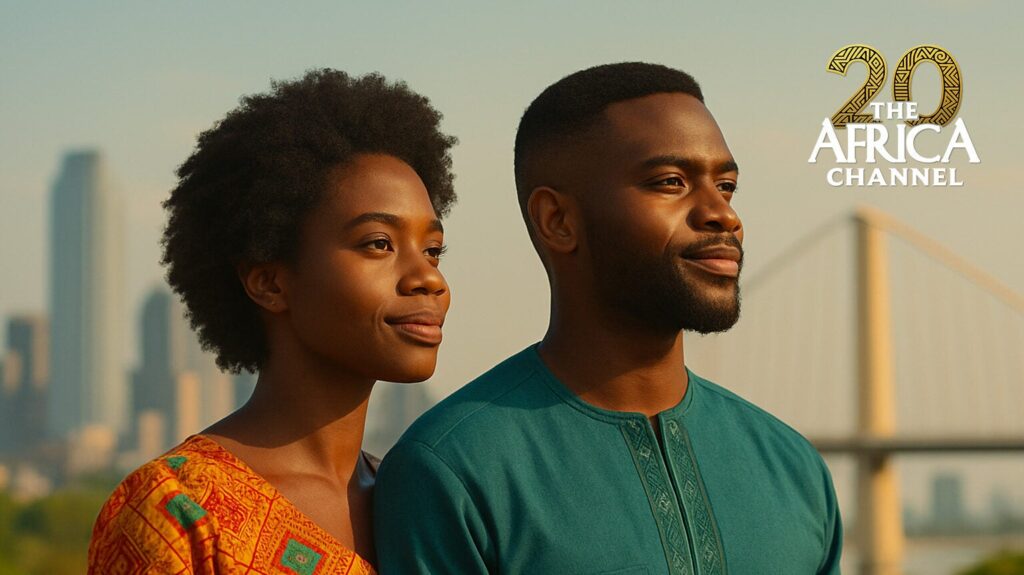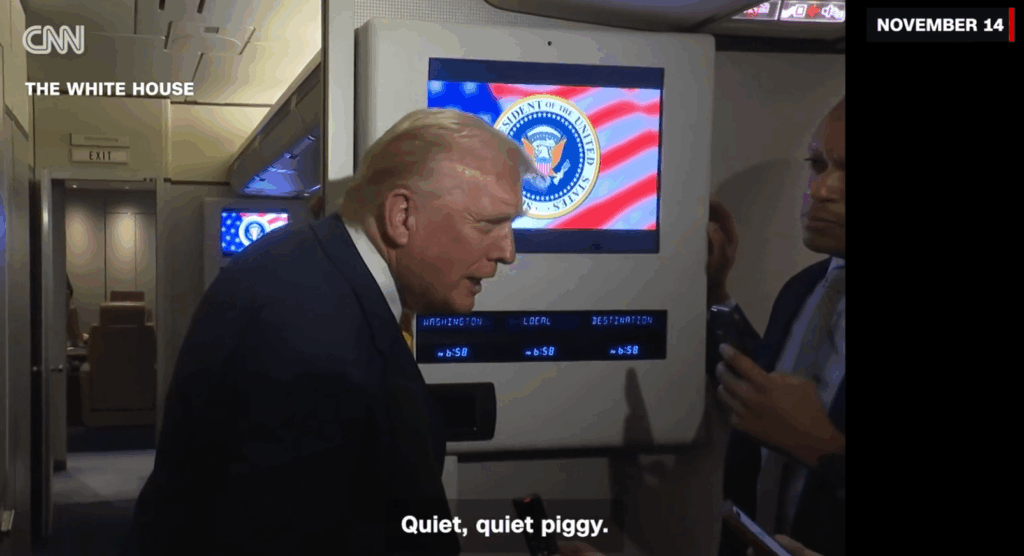Walt Disney World this month kicks off a $500 million, 15-month birthday party for the Magic Kingdom’s original character: Walt Disney himself.
The 100 Years of Magic campaign, pegged to Walt’s posthumous 100th birthday on Dec. 5, includes special parades and shows as well as a full slate of promotions from American Express, Coca-Cola, Hallmark Cards, Hasbro, Inc., Eastman Kodak, McDonald’s, and J. M. Smucker, along with sister divisions including Disney Cruise Lines and ABC-TV. With an estimated $250 million in paid marketing support and another $250 million in free p.r., 100 Years could goose what has been flat attendance at the park.
“While other companies in the travel business appear to be holding steady or retrenching marketing efforts, we are turbo-charging ours,” says senior vp-alliance marketing Ken Potrock. “Regardless of what the economy does, we’re optimistic we’ll get our fair share or more [of vacationers] because of this campaign.”
It’s been a tough year for Walt Disney Co., which laid off 4,000 workers (three percent of its worldwide staff) in March. Overall revenues were up one percent to $19.5 billion for the nine months ended June 30; parks and resorts revenues rose four percent to $5.3 billion for the period. (Third-quarter revenues were down one percent to $6 billion, with the take from parks and resorts flat at $1.94 billion.) While attendance is up at Disneyland and the cruise lines, Walt Disney World attendance is down from last year’s Millennium Celebration.
The park will use 100 Years to launch new attractions including a revamped Twilight Zone Tower of Terror and Playhouse Disney, which features characters from Disney Channel shows for preschoolers. (Show stars visit 10 cities this year in a Playhouse Disney Live tour.)
Of course, 100 Years is just the latest act in Disney’s on-going marketing maelstrom, which ranges from feature-film blitzes (like this month’s push for Monsters, Inc. from Pixar, featuring the company’s largest-ever slate of tie-in partners) to third-party promos pitching Disney trips as prizes.
Like a three-ring circus, Disney’s five operating divisions always have something going on somewhere, although the efforts are rarely connected by anything but the über-brand. The guidelines that keep disparate promotions true to the Disney strategy come from the ground up.
“We at Walt Disney World have our guidelines of what we want our brand to be and … how we position it. The other divisions have similar guidelines. Then we all tier up to the overall Disney brand,” says Linda Warren, Walt Disney World’s executive vp-marketing. “It’s interesting how similar they all are. Look at us and the Disney Channel: While the businesses are very different, the positioning and the way we execute against different target audiences are a lot the same. We all have our foundation in Walt’s creativity, so this [100 Years theme] resonates back more than any other synergy effort we’ve had before.”
Not So Small World
The 100 Years program isn’t just a single campaign. There are at least a dozen promotions with outside partners that are staggered throughout the coming year.
Hallmark kicked off the calendar in August with a Birthday Magic instant-win game awarding a birthday party for 25 friends at the park. McDonald’s will jump in with a first-quarter push including Happy Meals and heavy P-O-P.
Coca-Cola will run a sweeps in April-May with collectors’ pins worth VIP trips to the park inside prize-winning cans in millions of 12-packs. Plans call for regional flights and account-specific overlays. (Smaller prizes are retro Mickey and Minnie Mouse plush toys and a limited-edition snow globe.) Two million vending machines carry a separate sweeps giving away Coke and Disney merchandise; machine fronts get 100 Years imagery all year long. Commemorative eight-ounce glass bottles hit stores this month, through 2002.
Each promotion carries its own media support, ranging from $5 million for smaller players like Smucker’s to an estimated $40 million from McDonald’s. Disney staggered the executions throughout the year to give partners their own window of exclusivity.
“They don’t like to be on top of one another,” says Warren. “They like the buzz created by that, but they also like their own clear shot at the message. Carving out time frames for each of them helps contribute to exclusivity.”
Partners naturally want category exclusivity, too, along with a unique target audience and distinctive prizes. “We work hard with Disney to make sure there’s always a VIP component to our prize trips,” says Brad Taylor, Coca-Cola’s director of entertainment partners. “Our positioning is about enhancing consumers’ occasions and making them more special.”
The extended calendar also gives Disney well-timed bursts of support to maintain interest and to target audiences who travel at different times of the year: empty-nesters in the fall, grandparents during the holidays, young families in summer.
Disney partners used to film tie-ins find a different pace with the parks. “We want to create awareness and a sense of urgency as quickly as possible, but we also have to sustain it over 12 to 15 months,” says Potrock. “That’s very different from the film business, which lives or dies with opening weekend.”
Delivering the Invitation
Party planning began in 1997, with pitches to partners beginning in 1999.
“We have to have plans in place two years before partners’ promotion calendars to get in their budget cycles,” Warren explains. “We have to begin planning a celebration three or four years in advance.”
While park execs developed parades and events, the marketing team did its homework on links between Walt and partner firms. Before meeting with Kodak, marketers unearthed footage of Walt hosting the Wonderful World of Disney in the mid-1960s and talking up the camera maker’s 1964 World’s Fair pavilion and film technology. “It makes for a really resonant story,” says Potrock.
Links also surfaced for McDonald’s, whose founder, Ray Kroc, was born the same year as Walt and served with him in the American Red Cross. Hallmark, a new partner, was the first consumer goods licensee of Mickey Mouse. The original cards are part of WDW’s year-long One Man and His Dream exhibit. Research also helped the team find the sweet spot between its brand and others — the hook that “makes sense to consumers why these two companies are working together,” Potrock says. “Not everyone needs to have a 70-year heritage with our company to be part of this. The key is coming up with that sweet spot. If we can’t come up with that, we walk away.”
Some were easy to find, like AmEx with travel and Hallmark with birthday greetings. August is the biggest birthday month, so that’s when Hallmark broke its Birthday Magic Game. All gamecards win at least a Warm Wishes card; 500 score Disney-themed prizes. Simon Marketing, Los Angeles, is agency of record.
Others were less obvious. FedEx reinforced its business-to-business image by shipping archive items from California headquarters to Florida in a plane with the 100 Years logo. “We laugh about how protective the archivist is of these artifacts,” says Warren. “He’ll barely let you touch anything, but he trusted FedEx to bring it down here.”
Prospect list in hand, the park’s marketing execs — Warren, Potrock, and director of participant marketing Scott Cassidy — traveled extensively to pitch potential partners in the U.S. and abroad. Many “sparked to this idea,” says Warren. The celebration’s theme — imagination, innovation, and family entertainment — was “a spectrum our partners were hungry to grasp,” adds Potrock.
As partners bought in, Disney execs plotted the calendar. Media support was only part of the negotiations.
“I don’t think we’ve asked for a sizable commitment of media from our partners. I think we have convinced our partners about how powerful this promo opportunity can be,” says Potrock. “One thing we focused on maniacally is that it’s not about the media, it’s about the quality of the message. If someone comes to me with a bad communication, I don’t care if they bring $50 million with them, we’re not doing it. It’s quality of message first — but then you obviously discuss the best way to communicate to consumers.”
Some partners reach consumers broadly (in McDonald’s restaurants, say) and others via tight targeting (direct mail to AmEx cardholders, for example).
Media advertising is a high priority for Disney these days. The parent company last month broke a $30 million-plus national flight of its image campaign, “Magic Happens,” which first aired (in long form) on Disney-owned media in February. It’s Disney’s first corporate effort in five years. Leo Burnett USA, Chicago, handles. TV and print for 100 Years, also from Burnett, have aired in the top 15 markets since July but break nationally this month.
In fact, Burnett sits at the center of much 100 Years advertising: It created Hallmark’s ads, and will do spots for McDonald’s as well. “We’re lucky to know the Disney brand well,” says chairman-chief creative officer Cheryl Berman.
With such emotionally engaging brands, image comes before the promo pitch. “We realize there are things that need to be sold, but hopefully we stay true to the image of the brands,” says Berman. “We have to make it valuable before we make it a value.”
Planning the Party
Some partners, including six-year exclusive ally McDonald’s, developed their own promotions. Others including Smucker’s and Hasbro, Inc. – both new to working with WDW – brainstormed with Disney staff. “Providing each other firm understandings of our strategies and objectives was instrumental in getting right to it,” says Potrock.
McDonald’s likes its spring timing, when parents begin planning family trips. 100 Years is “a way to celebrate the best of Walt Disney and bring it to life in restaurants with dimensions for all our customers,” says senior vp-U.S. marketing RJ Milano. McDonald’s and Disney work 18 months out on specific projects, and meet top-to-top several times a year to compare strategies. (McD’s latest all-division meeting with Disney tackled 2003 planning.) Once broad joint objectives are set, McDonald’s turns over project assignments to dedicated marketing teams, supervised by its Disney alliance team.
American Express Travel Services – a key wholesaler for Disney properties – began fall with discounts up to 40 percent on travel packages with special amenities, part of AmEx’s White Glove treatment for cardholders in Disney parks. In January, AmEx will kick off a slate of offers for all cardholders, with TV and direct-mail support. Membership Reward participants can redeem points for White Glove trip packages.
The nine-year-old White Glove partnership gives AmEx users special perks, such as backstage access and priority seating. “It’s a priority part of our relationship,” says AmEx vp-consumer travel group Donna Ganson. Last January, AmEx hooked up with McDonald’s to make donations to Ronald McDonald Children’s Charities for each AmEx transaction in the parks or Disney Stores in a handful of cities.
Smucker’s, which has sold food in the park since its 1971 opening, is targeting grandparents with what will be its first national promotion. WDW helped develop the promo and the ad support.
WDW gave each partner a creative brief at the outset, listing objectives and the sweet spot between them. “That’s the most important [thing] we can do upfront to be sure the work goes smoothly between the two parties,” says Warren. “We can point back to it if either of us gets off track.”
New partners get lots of upfront briefings. Novices inevitably come to the first few meetings with “Mickey selling their product as a spokesperson,” says Potrock. “That’s part of the coaching and education. And they [coach us] about their brands, too.” All plans go through WDW’s approval system, dubbed the Mega Process, which was developed for Disney’s in-house agency, Yellow Shoes. Partners and their agencies present in an open forum to the park’s brand, advertising, and promotion staff.
Differences of opinion get hashed out right away. With three to 30 decision-makers in the room, “it’s sometimes nerve-wracking to present and listen to feedback,” says Potrock. “But you get all the feedback. It avoids round-about decision-making, and leads to improved creative. No one walks out confused with the direction.”
Coke began talking with Disney a year ago. “Our brand architecture mirrors theirs,” says Taylor. “Memories are a very strong bond between us.”
The March-April window, a natural break between winter Super Bowl/Olympics and summer, is a good time to offer bottlers localized events, Taylor says. It also gives WDW a fresh burst of activity. Coke handles creative in-house; DraftWorldwide unit D.L. Blair, Garden City, NY, handles the sweepstakes.
“The parks group are very savvy promotional marketers, and they understand the value of partners,” says Marta Cyhan, director of promotion marketing at Kellogg, which ran a sweeps and premium offer tied to WDW in early 2001. The cereal maker is considering a 100 Year tie-in, but has nothing planned. (It does join with the promotions group at film arm Buena Vista for the Monsters, Inc. campaign this month and the video release of Snow White and the Seven Dwarfs in December.)
WDW also plans heavy direct marketing and direct-response efforts that will distribute millions of vacation-planning videos. There’s also aggressive p.r., with “promotion kits” for media outlets in the top 20 markets containing TV, radio, print, and Internet pieces and often tailored to local on-air talent. An Oct. 1-3 press event brings 3,000 media to the park this year to experience and endorse 100 Years. (Oct. 1 is the park’s 30th anniversary, a handy hook to kick off 100 Years.)
Such “target-market programs” will run quarterly, with sporadic live-remotes throughout the year via WDW’s field marketing team. In-house shop Yellow Shoes handles marketing for central Florida and does creative for the park’s other advertising, promotion, and direct-mail projects.
It’s standard practice for Walt Disney World to stretch a year-long theme over 15 months. The last extended blitz, Millennium Celebration, produced record attendance, and execs expect 100 Years to be as big — or bigger. It has already attracted twice as many marketing partners. “100 Years is pure Disney,” says Potrock. “We tried hard to make Millennium Celebration our own, but everyone around the world was celebrating the millennium. Not everyone can celebrate 100 Years of Magic.”
Those who can are ready for the fireworks.






